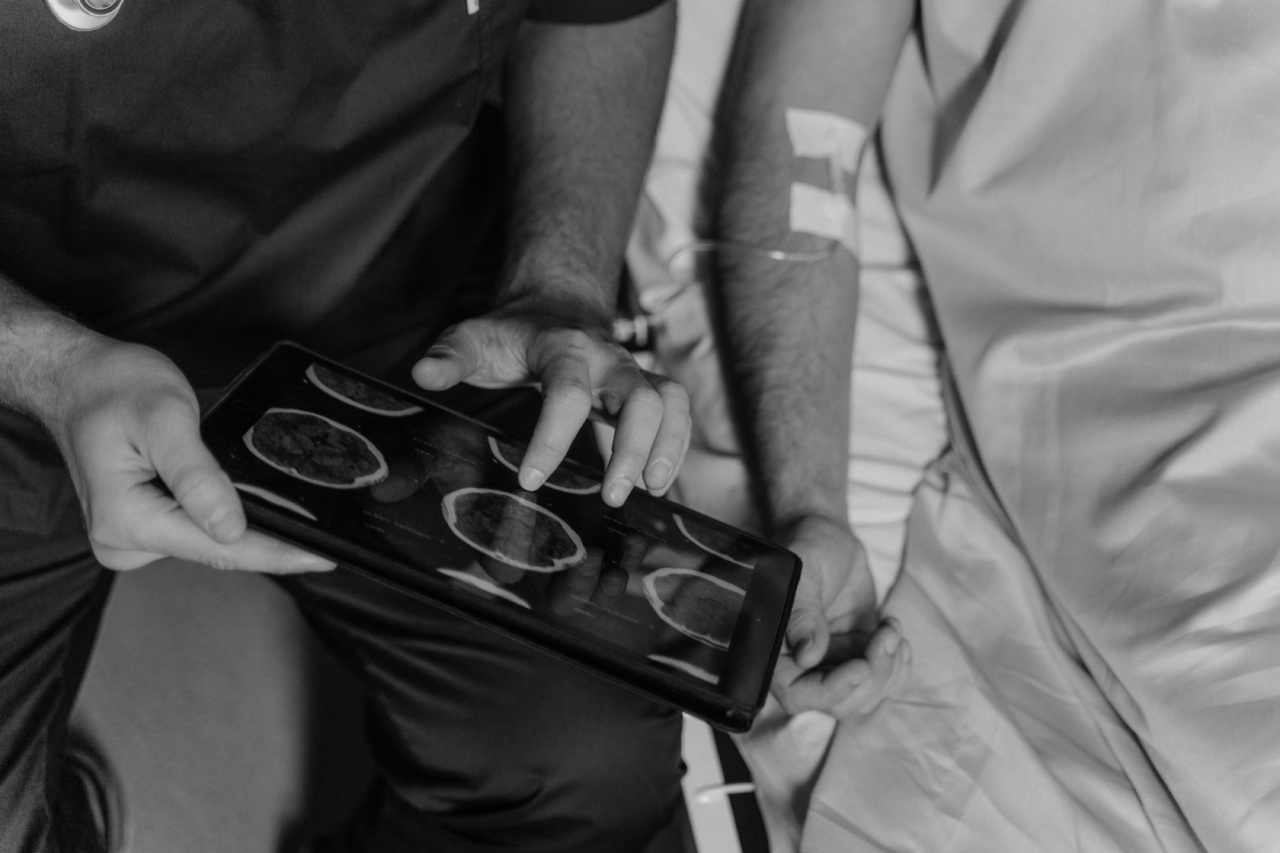Prostate cancer is a prevalent form of cancer that affects men. It develops in the prostate, a small gland located below the bladder and in front of the rectum.
Prostate cancer is a serious health concern and understanding its risks, symptoms, and treatment options is crucial for every man. In this article, we will discuss important facts about prostate cancer that every man should be aware of.
1. Prevalence of Prostate Cancer
Prostate cancer is the most common type of cancer among men. According to the American Cancer Society, approximately 1 in 8 men will be diagnosed with prostate cancer during their lifetime.
It is estimated that over 248,500 new cases of prostate cancer will be diagnosed in the United States in 2021 alone.
2. Age and Risk Factors
Age is a significant risk factor for prostate cancer. The risk increases significantly as men get older. While it can occur in younger men, it is more frequently diagnosed in those above the age of 50.
Other factors that may increase the risk of prostate cancer include family history, race (African American men have higher rates), and certain genetic and environmental factors.
3. Symptoms of Prostate Cancer
During the early stages, prostate cancer may not show any symptoms. However, as the cancer progresses, common symptoms can include:.
- Difficulty urinating or weak urine flow
- Frequent urination, especially at night
- Blood in semen or urine
- Pain or discomfort in the pelvic area
- Erectile dysfunction
4. Screening and Early Detection
Screening for prostate cancer involves a blood test called a prostate-specific antigen (PSA) test and a digital rectal exam. The PSA test measures the level of PSA in the blood, which can be elevated in the presence of prostate cancer.
Early detection of prostate cancer is crucial for successful treatment and improved outcomes.
5. Treatment Options
The treatment options for prostate cancer depend on various factors, including the stage of cancer, the age and overall health of the patient, and personal preferences. The primary treatment options include:.
- Active surveillance/watchful waiting
- Surgery (prostatectomy)
- Radiation therapy
- Hormone therapy
- Chemotherapy
6. Side Effects of Treatment
Treatment for prostate cancer may cause side effects that vary depending on the type of treatment and the individual. Common side effects can include urinary incontinence, erectile dysfunction, fatigue, and bowel problems.
It is essential to discuss potential side effects with healthcare professionals and seek appropriate support during and after treatment.
7. Importance of a Healthy Lifestyle
A healthy lifestyle can play a significant role in reducing the risk of developing prostate cancer. Regular exercise, maintaining a healthy weight, and consuming a balanced diet that includes fruits, vegetables, and whole grains may lower the risk.
Additionally, limiting the consumption of red and processed meat, as well as avoiding smoking and excessive alcohol consumption, is advisable.
8. Psychological Impact
A diagnosis of prostate cancer can have a significant psychological impact on men and their loved ones. Feelings of fear, anxiety, and depression are common.
Seeking emotional support through counseling, support groups, or talking to trusted friends and family members can be helpful in coping with the psychological challenges of prostate cancer.
9. Follow-up Care and Monitoring
After initial treatment, regular follow-up care and monitoring are essential. This may include regular check-ups, PSA testing, and other diagnostic tests to ensure that the cancer has not returned or spread.
It is crucial to adhere to recommended follow-up schedules and promptly report any new symptoms or concerns to healthcare providers.
10. Importance of Early Medical Consultation
If you experience any symptoms or have concerns about prostate cancer, it is crucial to consult a healthcare professional promptly. Early diagnosis and treatment offer the best chances for successful outcomes.
Remember, knowledge and proactive action are key in managing prostate cancer and maintaining overall health.





























